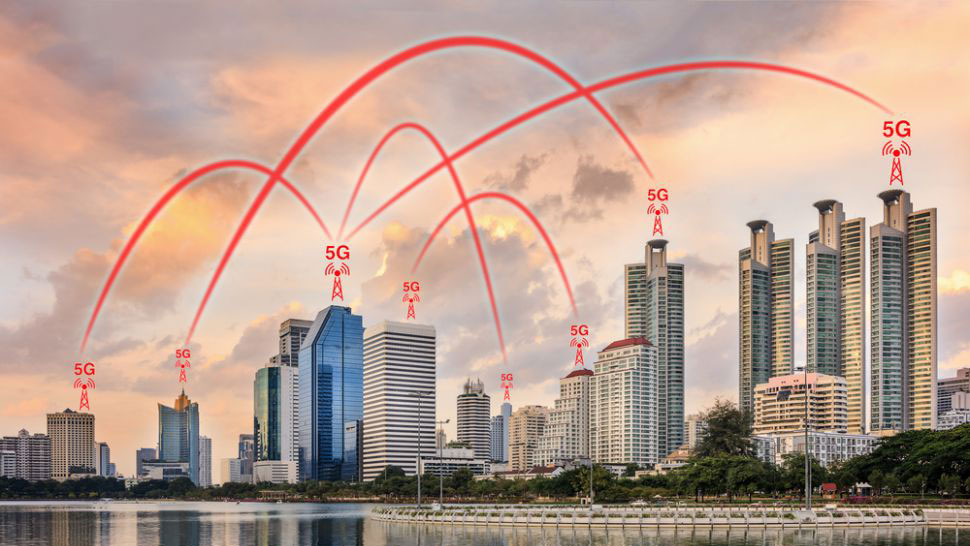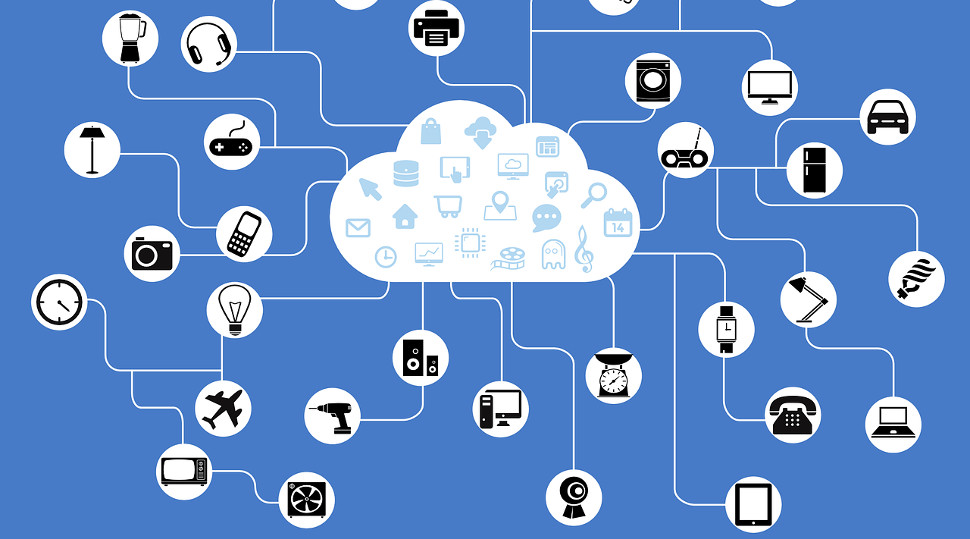2019 telecoms forecast: the year of 5G and open source
Canonical takes a look at some of the most important trends for next year.

2019 is shaping up to be a massive year for telco companies. In the final few months of 2018, countless 5G projects have launched and several new uses cases in cloud computing and IoT have come to light, driving demand for high capacity and low latency connectivity.
As a result of the monetisation challenges, there has been a distinct move away from just providing faster network speeds to consumers, and towards enabling a whole host of new technologies on mobile networks. To achieve this, an increasing number of telecoms operators are functioning like software companies.
With this in mind, here are some trends and challenges we see facing the telecoms industry in 2019:
- What is 5G? Everything you need to know
Implementing 5G at scale in Europe
European operators usually take the lead on new network developments (look at 2G, 3G, and 4G) but the opposite is true for 5G. The difference in this case is that 4G harmonised all the networks in Europe, bringing the technology together to create a very dense and fast network.
When compared to America, where there’s only a cell tower every 5-10 miles, the demand for a higher capacity network such as 5G is much greater than we see in Europe. Likewise, with more remotely located homes, there is a more urgent need for 5G to support fixed broadband. It’s the same case in China, if you compare it to the rest of Asia, for example. This is why both regions are ahead of Europe when it comes to implementing 5G at scale.
Without the customer demand and overcapacity on existing networks, can telcos justify launching wide scale 5G across Europe?
This is the next challenging facing the industry:
Sign up to the TechRadar Pro newsletter to get all the top news, opinion, features and guidance your business needs to succeed!
Monetising 5G with edge computing
There will be a race to see who can market 5G the quickest and who will have it as standard first. We’re already seeing tests from multiple providers across the world in isolated areas, and the speed and size of rollouts will only increase as providers look to gain the upper hand.
However, this race could be a costly one. Consumer need for 5G isn’t as great as it was for previous generations. 4G can handle most consumer use cases (such as streaming, gaming, browsing etc.) comfortably with reasonable speed.
5G’s main benefit is providing increased capacity, not speed and latency, making it more of a technical development. Being the first 5G standard network will be a marketing coup but may not come with the consumer kudos and demand it once did.
From a more non-commercial perspective, edge computing is touted by many as the next big thing, but there is still some way to go before it becomes fully mainstream.
5G will be a major kickstarter in the move in this direction. Standalone edge devices (those that directly link to the cloud) are reasonably rare, at least on a large scale. However, with 5G, a huge number of network connected devices will come into contact with the cloud and start to become edge computing devices.

Innovation at the edge
The question that stems from all this is: who is going to make use of the fresh potential for edge computing? Mobile devices themselves are fairly powerful nowadays, and many are able to run some AR processes effectively, meaning you don’t need edge at the bottom of the machine to enhance its compute power. The same goes for self-driving cars, another innovation people are watching keenly to see how 5G and edge will impact. There’s certainly an interest in putting data closer to the user in this case, but again, a lot of compute power can be delivered directly within cars themselves.
There are use cases which telecoms providers can demonstrate the importance of using 5G and edge together, but the challenge moving forwards once again is monetisation. Some current examples include location-specific use cases such as museums tapping in to AI or local caching of media, and for phone related tools where Wi-Fi capacity won’t be enough. However, it’s quite challenging to do these things on a commercially viable level, and it seems that 2019 could still be too early to see the industry truly revolutionise.
Taking a collaborative approach
2019 could be the year of collaboration within collaborative telco groups and its communities, but the challenge will be in the competition and development of differing standards between these groups. As new technologies arrive, each company will be vying to define the standard. This “too many cooks” approach can create significant confusion and wipe out the benefits of collaboration.
Cloud computing companies have long benefited from collaboration on open source - one only needs to look at the number of different enterprises centred around creating products based on Linux or Kubernetes to see that open source can prove to be a viable business model. Telecoms providers should look to do the same in 2019 by making infrastructure work for everyone, improving efficiency and opening up networks for all apps on their infrastructure.
Nathan Rader is the Director of NFV Strategy at Canonical - the company behind Ubuntu
Nathan Rader is the Director of NFV Strategy at Canonical - the company behind Ubuntu. He is passionate about technology and has over 22 years of working experience.
